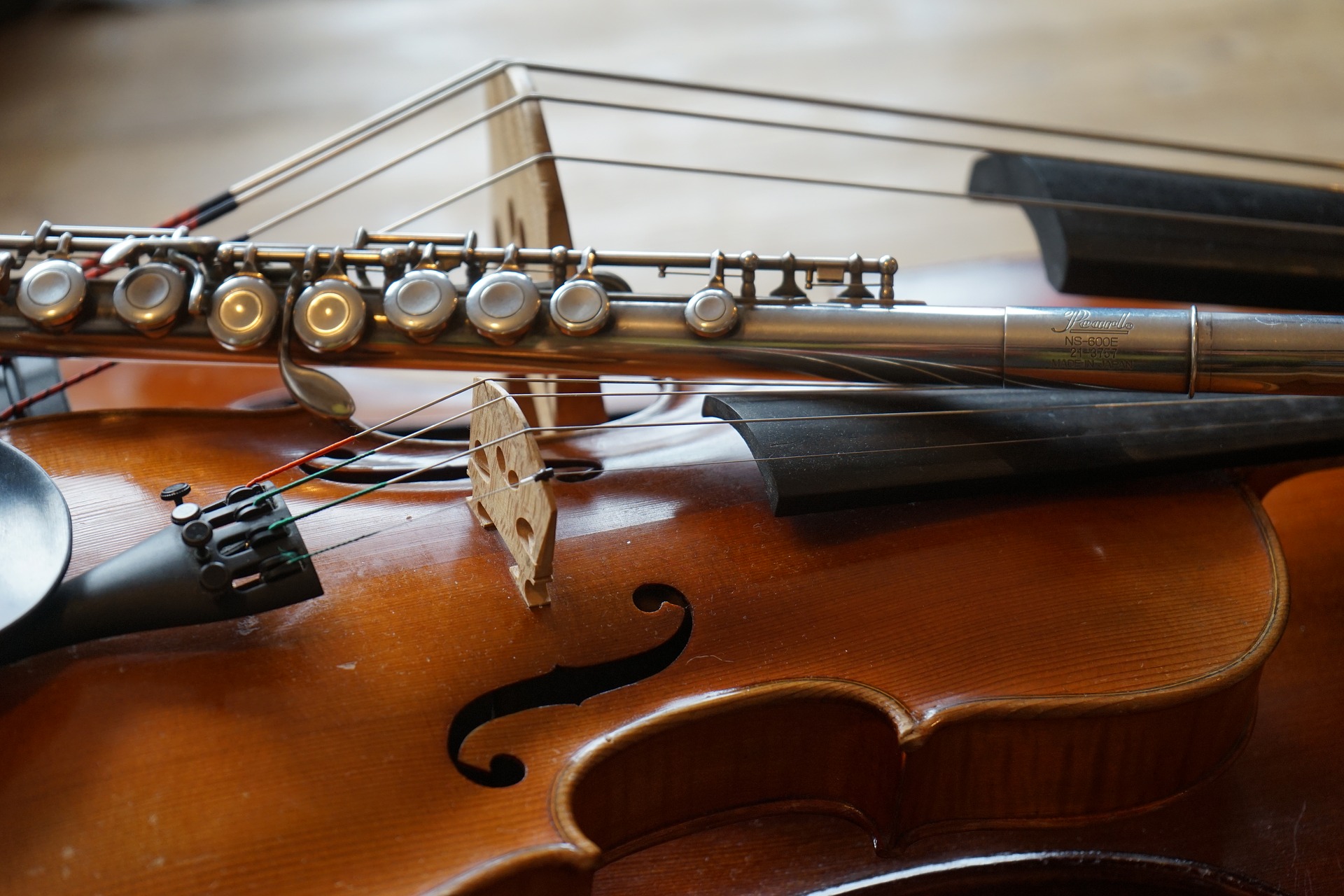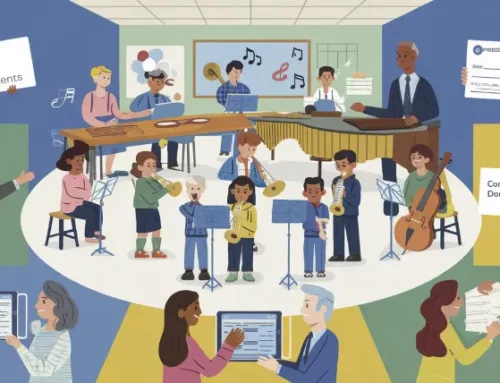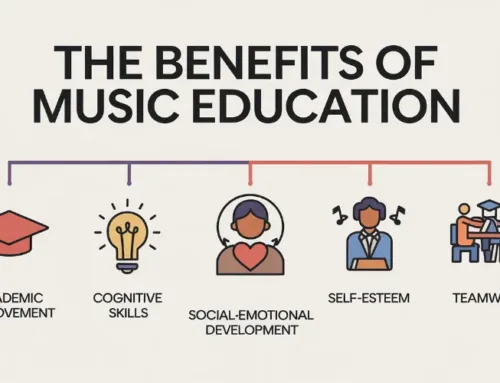By Guest Blogger Jen Beets
Holistic development is one of the most important things you’ll have to focus on as your child is growing up. Research shows that nurturing your child’s creativity can help better prepare them for the future, as focusing on creativity helps build up your child’s emotional intelligence.
You have a multitude of options when it comes to helping your child become more creative. However, one form of creativity that we really believe in is music. With that being said, the current state of the world really isn’t suitable for face-to-face lessons. Luckily, there is a way to get around this issue.
Online music classes have become quite popular recently. In fact, we’ve even created tools in the form of our 23 step-by-step Synchronous Learning Best Practices for K-12 educators to help make the transition to remote music lessons easier for teachers and students. We’ve also created over 600 pre-made beginning concert band assignments and over 400 pre-made beginning orchestra assignments to give beginners a good place to start when it comes to practicing music. These assignments also come with standards-based assessments that’ll help gauge the progress the students have made so far. For additional help and to make our tools easier to use, we’ve also created guides with step-by-step instructions on how to use all our tools.
And while we’ve tried to help educators make their lessons more accessible to students, there are still a few things that your child will need to get the most out of the lessons. To help you out, we’ve put together a short list of tools that will help your child out on their remote learning journey. To know more about this, read on for a brief guide on what your child will need for their online music lessons.
Webcam
Now, this one’s rather obvious. While the modules found on our site contain video tutorials for various instruments, sometimes FaceTime with an instructor can go a long way when it comes to learning instruments. Not to mention the fact that lessons are going to be conducted mostly through video calls, so investing in a decent webcam will be better in the long run. This is especially true for instruments that require hand positioning. Having a low-quality webcam could hamper the experience for your child and might make things harder for their instructor.
While you can go out and buy one that’s reasonably priced, this isn’t the only option. The solution is right at the tip of your fingers: a smartphone. Apps such as NeuralCam let you turn your everyday iPhone into a webcam. This is a great option, as modern smartphone cameras can compete with professional cameras when it comes to video quality. Try out this option before going out and buying a new webcam.
Microphone
One thing you shouldn’t skimp on is a good microphone. There’s no doubt that the use of student practice logs, which we provide for instructors in our modules, are a good way to gauge progress. However, instructors will also need to hear your child play the actual instrument to help them overcome any challenges they may be facing. This is why a microphone will be a key part of the online lessons, as the instructor needs to hear what your child is playing as clearly as possible. The built-in microphones on smartphones and laptops may be good enough to hold conversations on but learning music is an entirely different thing.
When it comes to microphones, you’ll want something that’s reliable and easy to use. The Warm Audio WA-87 is a great fit, as it’s a sturdy microphone that comes with exceptional audio quality. This is why the Warm Audio WA-87 is part of Shout4Music’s list of best mics for vocals, due to it being one of the most flexible microphones out on the market today. This also means that it can be used for other instruments as well as vocals. Another great option is the Blue Snowball Ice due to its plug-and-play capabilities as a USB microphone, which makes it one of the easiest mics to set up and use. It also provides decent sound quality and is one of the best options at its price point.
Audio Interface
Lastly, using an external microphone will require the use of an audio interface. Think of it as a bridge that brings external sound to your computer. Making use of an audio interface also helps improve the overall sound quality of whatever passes through it. Compared to bare signals, sounds that pass through audio interfaces are fuller. As you won’t want to be breaking the bank, models like the Behringer U-Phoria UMC22 can be purchased for under $50.
This is particularly useful if your child is learning electric guitar, as the audio interface helps the distorted sounds come through much clearer. It’s important to note that you won’t be needing an audio interface if you opt for a USB microphone such as the Blue Snowball Ice. So you may also want to keep this in mind when selecting what microphone to use.
If you want to know more about how music can help your child in the future, do check out our previous article on how learning an instrument can contribute to your child’s long term success.
Article for practicingmusician.com
Jen Beets has been passionate about music since she was a child. Having experienced learning several instruments herself, she loves to discover the new and exciting ways younger generations are learning and appreciating music.








Leave A Comment
You must be logged in to post a comment.